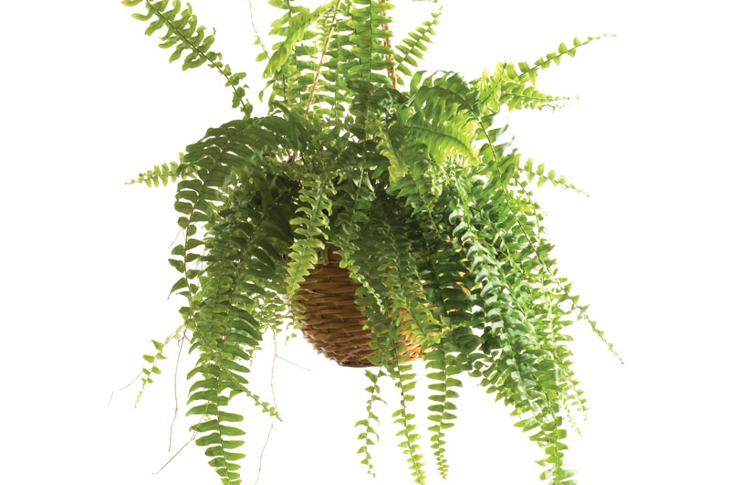
The bad news: airborne toxins are pretty much everywhere in your home. The good news: there’s a simple and affordable way to combat those contaminants.
You probably spend more time indoors than you think. In fact, the average American spends about 90 percent of his or her time indoors, where levels of pollutants can be up to five times higher than outdoors. Fortunately, these air-cleaning plants are superheroes that can help take down toxins. As a bonus, these plants (like all good superheroes) are pretty hard to kill.
Aloe vera

No home should be without this famous healing plant. It’s great for treating minor cuts and sunburns—and for ridding the air of a more insidious threat: formaldehyde. Grow aloe vera by a sunny window in well-drained soil that’s kept slightly on the dry side.
2. Spider plant (Chlorophytum comosum)

Grown for its grasslike, often striped foliage, this is an easy-to-grow plant that thrives in medium to light shade and moist air. It’s a popular choice for hanging baskets. Spider plants clean several toxins from the air, but they’re perhaps best known for decreasing carbon monoxide and nitrogen dioxide levels, as well as ethylbenzene and formaldehyde.
3. Boston fern (Nephrolepis exaltata)

Boston ferns have a graceful arching habit that’s especially attractive in hanging baskets. Plus, these hardy evergreen plants are super easy to grow. Keep them in fairly rich, well-drained soil in bright, filtered light. Boston ferns work well against formaldehyde; in fact, a recent study found ferns to be the best class of plants for removing formaldehyde.
4. Peace lily (Spathiphyllum ‘Mauna Loa’)

Peace lilies bloom reliably well indoors with pretty white spathes and glossy leaves. These plants favor well-drained soil and filtered light. Peace lilies help purify the air of toxins like benzene and trichloroethylene.
5. Snake plant (Sansevieria trifasciata)

Snake plants have long, fleshy, pointed leaves with several variegated forms to choose from. Although they’re hard to kill, snake plants do prefer well-drained soil with bright to indirect light. In a recent study of 12 plant species, snake plant was the most effective at removing toluene from the air.
The bad guys
Common indoor air pollutants include these carcinogens, which can be found lurking in paper, carpets, plywood, paints, adhesives, detergents, chipboard, plastics and more.
- Formaldehyde can irritate your skin, eyes, nose and throat, causing itchiness and coughing.
- Trichloroethylene can irritate your nose, throat and nervous system if it’s inhaled.
- Benzene may cause dizziness, tremors, nausea and drowsiness at high exposure levels.
- Xylene can cause headaches, dizziness and nausea; it may also irritate your lungs, causing shortness of breath.
- Toluene has been shown to cause eye, nose and throat irritation, as well as problems with short-term memory and motor function.




